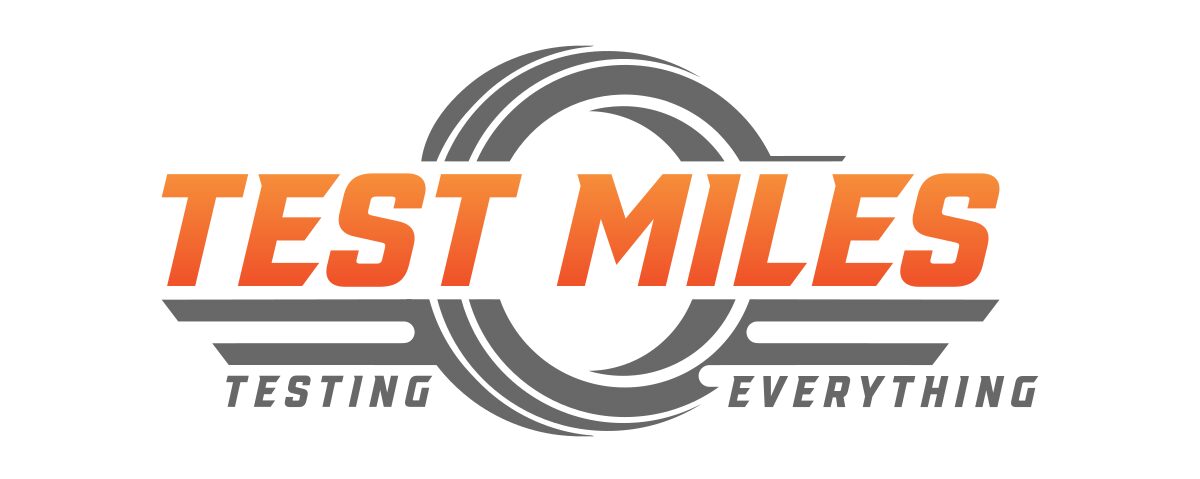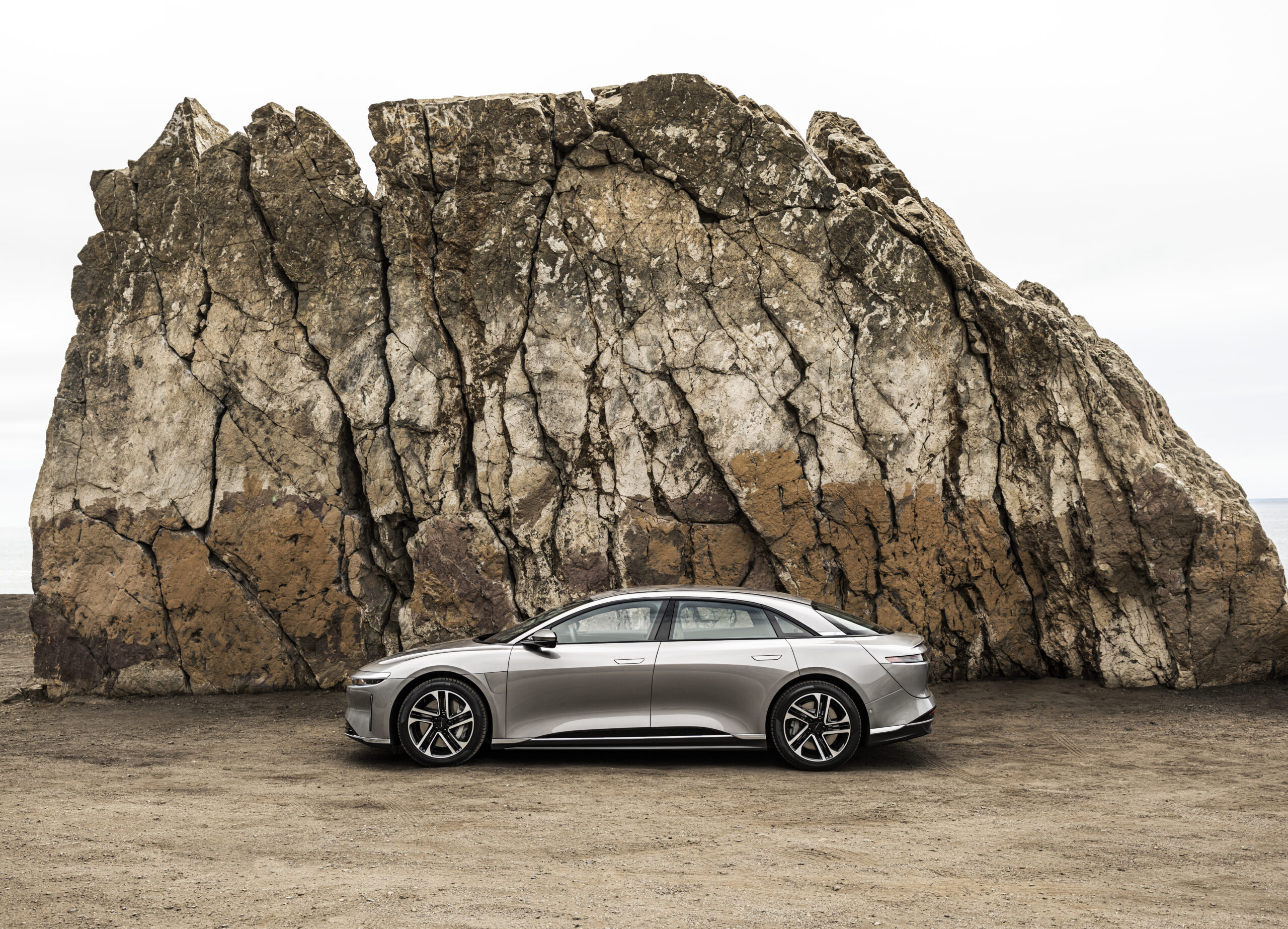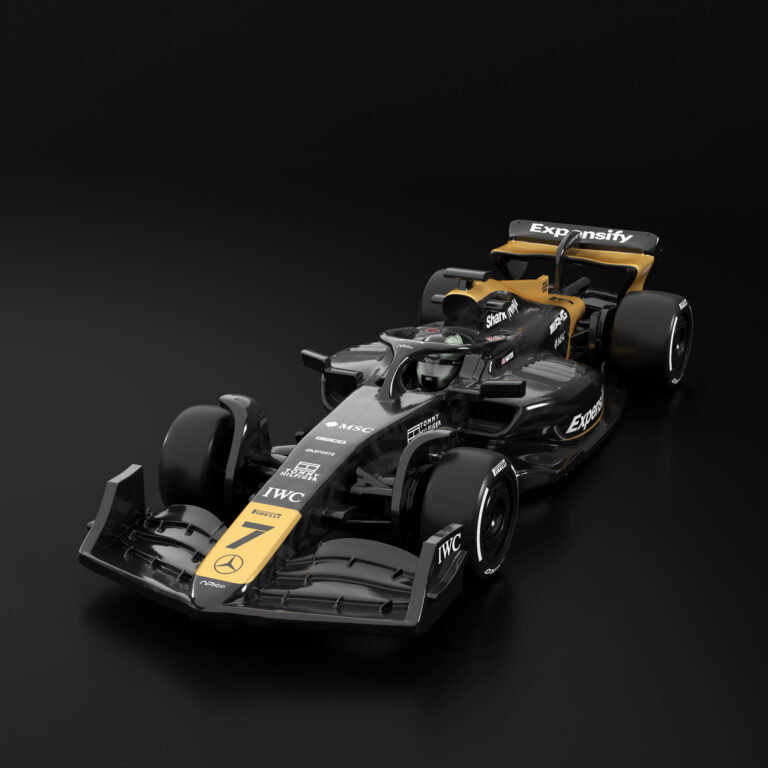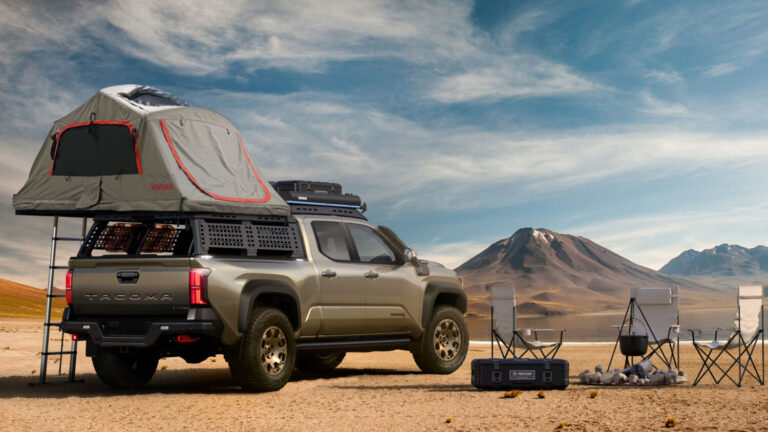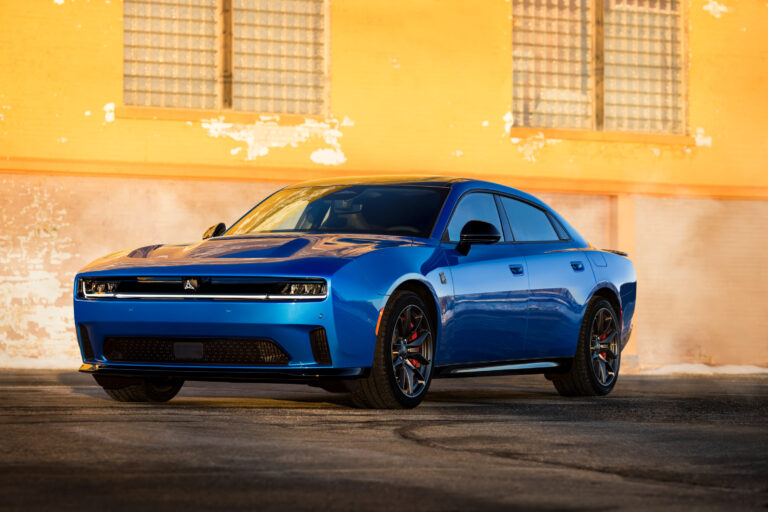Lucid Joins the Hands-Free Highway Race
Lucid adds hands-free driving to its DreamDrive Pro system, joining GM and Ford in the autonomous tech race. Here’s what makes it matter now
Lucid’s DreamDrive Pro now offers hands-free driving and lane changes, positioning it alongside GM, Ford, and Mercedes. But how close are we to genuine autonomy?
There’s a new name joining the hands-free driving arms race, and it’s not shy about making an entrance. Lucid Motors, the boutique EV builder known for outrageous range and minimalist design, is rolling out a software update that pushes its driver-assist tech squarely into hands-free territory. Starting now, owners of the Lucid Air will get access to the newly enhanced DreamDrive Pro system, which includes Hands-Free Drive Assist and Hands-Free Lane Change Assist.

That makes Lucid the latest automaker to enter the elite club of hands-free highway tech. But with so many systems on the road and plenty of confusion in the showroom it’s worth asking: how much driving are these cars really doing for us?
Why does this car matter right now?
Lucid’s move into hands-free territory matters because it represents a maturing EV startup staking its claim in a space dominated by legacy giants. While many still see Lucid as a challenger brand with lofty ideas, the rollout of Hands-Free Drive Assist proves it’s playing a serious long game. The update comes via over-the-air software to any Lucid Air equipped with DreamDrive Pro a sensor-rich platform packing LiDAR, radar, visible-light and surround-view cameras, and ultrasonic sensors.
The goal? Let the car do more of the driving on divided highways, while the human pilot keeps an eye on the action. The system supports intuitive features like automatic lane changes (triggered by the turn signal) and hands-free cruising where conditions allow. It’s not robotaxi-ready, but it’s one step closer.
As ADAS systems evolve toward autonomous capability, Lucid’s in-house software development gives it a critical edge. Regular updates mean DreamDrive Pro can improve without requiring a trip to the dealer a luxury feature in and of itself. It’s also a shot across the bow at Tesla, whose Full Self-Driving still requires owner opt-ins, disclaimers, and a tolerance for beta testing on public roads.

How does it compare to rivals?
Lucid’s new functionality puts it on a shortlist of automakers offering legitimate hands-free systems. GM’s Super Cruise, for instance, has been around since 2017 and now covers more than 750,000 miles of mapped U.S. highways. Its upcoming Ultra Cruise promises hands-free driving on 95% of roads, including surface streets. Ford’s BlueCruise covers over 130,000 miles of “Blue Zones” and works on the F-150, Mustang Mach-E, and Lincoln models. BMW’s Highway Assistant offers hands-free driving up to 85 mph but requires close driver monitoring.
Mercedes-Benz leads in legality, not geography. Its Drive Pilot system is the only SAE Level 3 tech approved in the U.S., capable of fully taking over at speeds up to 40 mph but only in California and Nevada traffic. Tesla’s Autopilot and FSD are widely available but lack formal hands-free approval, relying on driver vigilance and disclaimers rather than certification. Hyundai, Kia, Genesis, and Nissan offer adaptive systems with lane centering, but they’re not true hands-free.
So, where does Lucid land? It’s behind GM in road coverage and ahead of Tesla in official status. DreamDrive Pro doesn’t need to lead the pack to make an impact it just needs to stay in the game, and with this OTA update, it’s firmly in the running.

Who is this for, and who should skip it?
If you’re a Lucid Air owner, this update is a no-brainer. DreamDrive Pro is optional, yes, but it’s also one of the more future-proof driver-assist systems on the market. For those who prioritize cutting-edge features and are allergic to dealership visits, the hands-free rollout offers exactly the kind of digital-first convenience Lucid promised from day one.
For skeptics of autonomous tech, or those hoping for a fully self-driving experience, this isn’t it. Despite the marketing language, all hands-free systems on U.S. roads still require the driver’s eyes on the road and readiness to take over. DreamDrive Pro doesn’t change the rules of the road it just smooths the ride a bit more elegantly than before.
It’s also not the best fit for city dwellers or rural drivers whose routes don’t include much divided highway. This system works best for long hauls, freeway commutes, and road-trippers who want a mental break without giving up control entirely.

What’s the long-term significance?
Lucid’s decision to build its ADAS stack in-house and invest heavily in sensor hardware signals a serious commitment to long-term autonomy. While some automakers offload development to third-party suppliers, Lucid is taking the Tesla route of vertical integration. The benefit? Faster updates, deeper system control, and potentially a safer experience for drivers and passengers.
It also cements the hands-free driving trend as more than a gimmick. By mid-2025, nearly every major automaker has either launched or announced a system. Whether or not true autonomous vehicles arrive this decade, drivers are already acclimating to letting go of the wheel sometimes literally. Lucid’s contribution may not lead the charge, but it proves one thing: the future of driving isn’t hands-off. It’s hands-optional.
Like what you’ve read? Stay in the driver’s seat with more insider automotive insights. Follow @NikJMiles and @TestMiles for stories that go beyond the press release.
